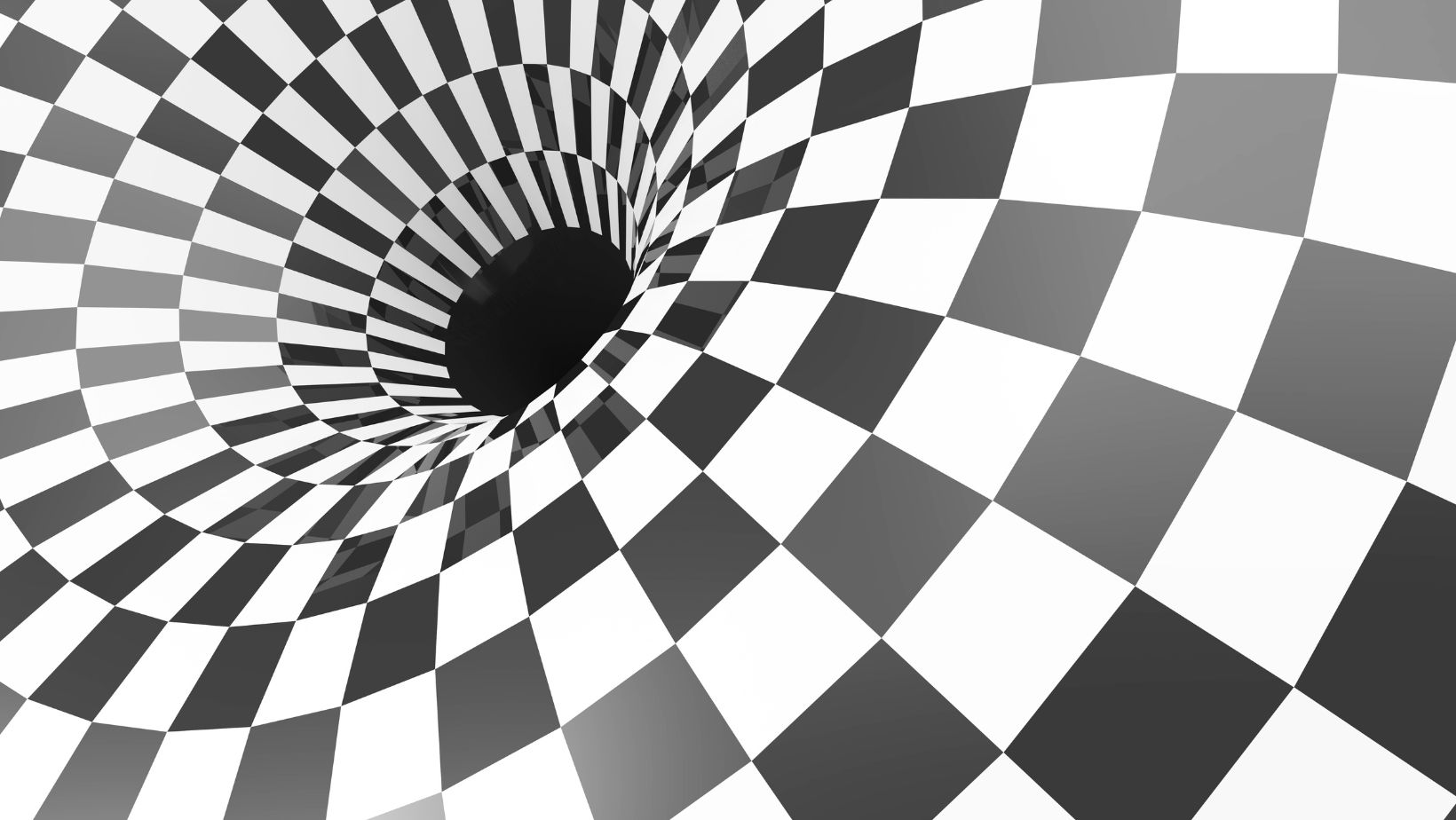Photography is not just a camera and a little bit of composition. Whether you’re photographing an adorable friend laughing at the moment, a breathtaking sunrise, or a bustling city at its fiery apex, photography is about becoming more cognizant of the world. It’s not about capturing moments but making images that matter, that tell stories, that evoke emotion. If you’re really serious about improving your photography skills, here are 7 essential tips to get you on your way.
Mastering the Art of Patience
Great photography is not about pressing the shutter at the right moment; it’s about waiting for that perfect moment. Patience is one of the most underrated but most important skills in photography. Whether you’re shooting wildlife, waiting for the golden hour, or trying to get the right expression in portrait photography, staying calm and waiting can produce amazing results. Being patient allows you space to actually see what’s going on around you and to predict those fleeting moments that will make the difference between a good photo and a great one.
Patience is not just needed when shooting, it’s also important to note. Selecting and editing your images in the post-processing stage can be just as demanding. The process can be rushed, and missed opportunities for improvement can be lost. This means that developing patience in preparation for final output will pay off in your photography over time.
Experimenting With Light and Shadow
Photography is light. Light can have a huge impact on how your subject looks and how it feels, and it can change the mood and texture of an image. Experimenting with light—natural and artificial—will help you learn to take better shots. As an example, see how light can and does change and affect your scene by trying a few different shots at different times of day. Golden hours are sunrise and sunset, when the light is softer and warmer than usual. This soft light can create a dreamy, ethereal tone in your photos. Strong shadows can be created with high-contrast images using harsh midday light.

The other side of the light equation is shadow, which can be powerful on its own. Shadows make for a nice plaything. The more dimension and depth they lend to your images makes them more visually engaging. Shooting architecture, still life or street scenes can be very interesting when you experiment with shadow. Don’t be afraid of shadows, they can add mystery and drama to your photos.
Engaging in Photography Communities and Collaboration
Sometimes, people see photography as a solitary activity, but by connecting with others, there is a new possibility. Networking with other photographers, sharing your work, and getting constructive feedback is easy by joining photography communities (in person or online). These communities are incredible resources for learning new techniques, being inspired, and even learning where to shoot. Other photographer’s collaborations or photo walks expose you to different styles and ways of looking at the world.
Collaborating with models, other photographers, or local businesses will help you realize that you can accomplish things that you couldn’t do on your own. The global perspective and online communities offer a way to showcase your work (platform). When you’re sharing your work or interacting with photography forums online, just remember to make sure that your online interactions are secure. When you are at an event or are traveling, using a VPN like Surfshark can protect your privacy and secure your data, especially when connecting to public Wi-Fi. This is why VPNs are so important to your digital toolkit and why they’re a must for your creative explorations.
Exploring Different Genres of Photography
There’s nothing wrong with sticking to one style of photography, but the best photographers are the ones who are always trying new genres. If you are mostly a portrait photographer, try to get into the world of landscape or macro photography. They are not the same; every genre and each genre speaks different pictures, calls different things, and pushes itself to develop, learn, and grow as a photo. Even if you don’t end up specializing in a new genre, the lessons you learn will help you with your primary focus.
Experimenting with different genres can expose you to your niche identity. As they learn what they want to shoot, many photographers start with a broad interest and narrow down their focus. You might find a genre or subject matter that you haven’t tried before but that you resonate with more than anything you’ve tried before.
Investing in Quality Gear at the Right Time
Gear is tempting to think will make you a better photographer, but the truth is that gear alone won’t make you a better photographer. Investing in quality equipment is important, but only when you’re ready. You need to know what you have and what you don’t have to make sense to upgrade. Let’s say you’re an accomplished photographer who is capable of composition and lighting, but is the kit lens you’re using showing you that your creative game is being held back?

It’s time to spend your cash on a better lens that complements your photography style.
However, gear should never be the first step to improvement. Begin with the basics, even if it’s a smartphone, and learn how to use whatever camera you have. The more you learn, the more you will know what equipment will actually help your work. Remember that the best gear for you will depend on what type of photography you want to do.
Developing a Consistent Workflow
When you press the shutter, photography doesn’t end. To become a more efficient and effective photographer, you need a consistent workflow. A process in place for organizing and backing up your files, editing and exporting images, etc., helps to make sure that your time is spent wisely. The sooner you have a streamlined system, the less time you’ll spend looking for files or trying to figure out what to do next.
It also includes how you edit your photos in a well established workflow. It’s fun to play with editing, but if you want to build a signature style, consistency is important. You don’t need to use Lightroom presets or come up with your own editing techniques, but having a ritual will make you the process faster, and it will also shape your body of work the same way.



